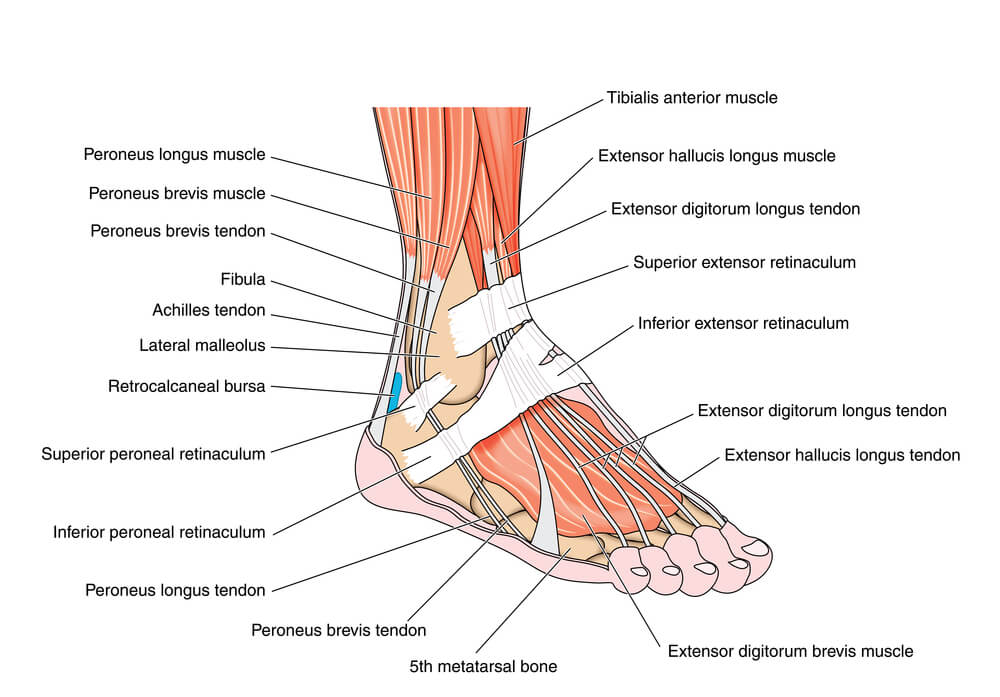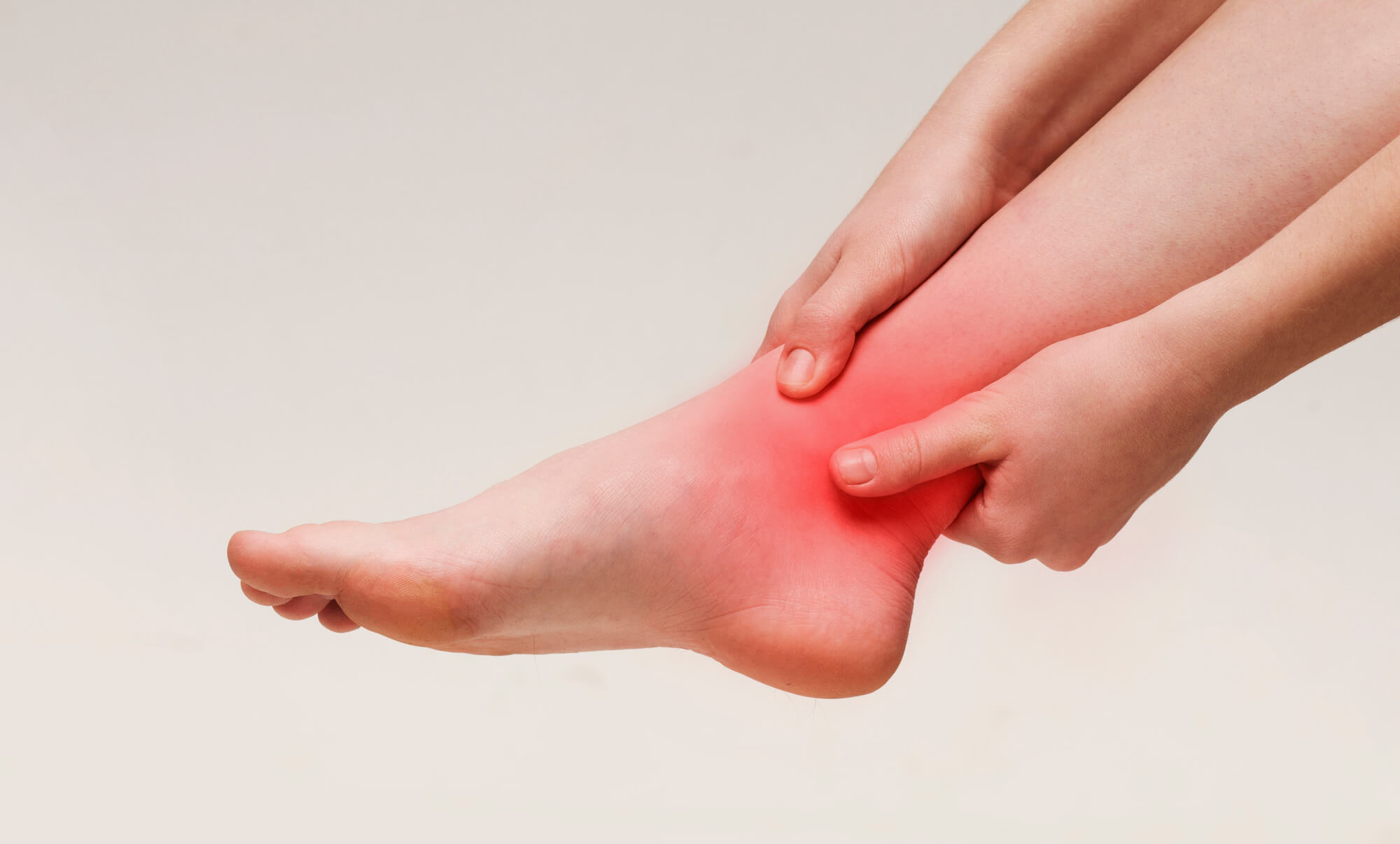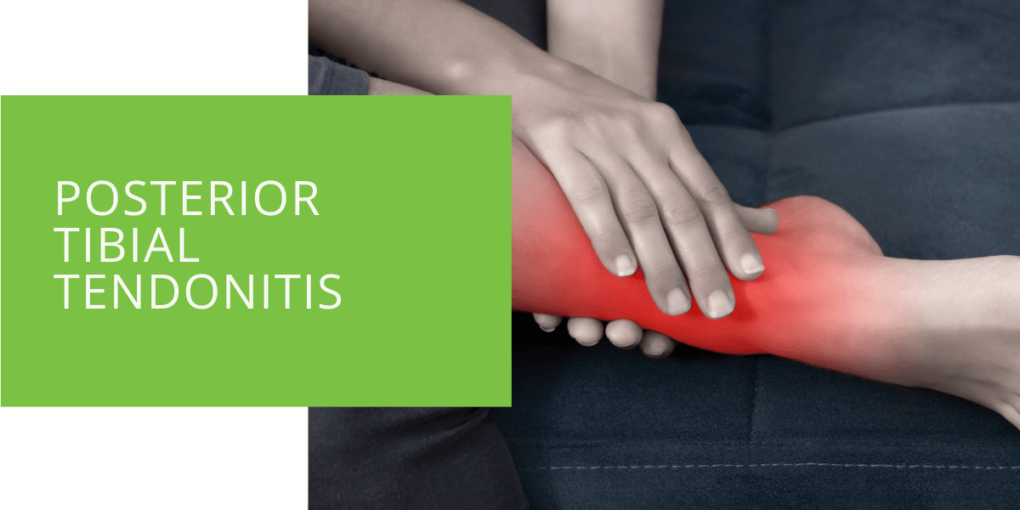Understanding Posterior Tibial Tendonitis
Posterior Tibial Tendonitis is a common condition that affects the tendon that supports the arch of the foot. The posterior tibial tendon is one of the main tendons that run along the inside of the foot and ankle, connecting the calf muscle to the bones on the inside of the foot. When this tendon becomes inflamed or damaged, it can lead to pain and swelling, and can even cause a flatfoot deformity. Understanding the causes, symptoms, and treatment options for Posterior Tibial Tendonitis is essential for anyone experiencing this condition.
What is Posterior Tibial Tendonitis?
Posterior Tibial Tendonitis, also known as Posterior Tibial Tendon Dysfunction, is a condition that occurs when the posterior tibial tendon becomes inflamed or damaged. This tendon is responsible for supporting the arch of the foot and helping to hold up the ankle joint. When the tendon is damaged, it can lead to pain and swelling on the inside of the foot and a flattening of the arch.
The condition is often caused by overuse, such as from excessive walking or running or a sudden increase in activity. It can also be caused by foot or ankle trauma, such as a fall or injury. Other risk factors include being overweight, having flat feet, or having a previous injury to the foot or ankle.

Symptoms of Posterior Tibial Tendonitis
The most common symptoms of Posterior Tibial Tendonitis include pain and swelling on the inside of the foot and ankle, as well as a flattening of the arch. The pain may be dull or sharp and felt more when walking or standing for long periods. Sometimes, the tendon may become visibly swollen and tender to the touch. As the condition progresses, it may also cause a flatfoot deformity, where the arch of the foot becomes flattened, and the heel may start to turn inward.
Diagnosis and Treatment
If you are experiencing symptoms of Posterior Tibial Tendonitis, it is important to seek the advice of a podiatrist or foot and ankle specialist. A podiatrist can examine your foot and ankle and may order an MRI or other imaging tests to confirm the diagnosis.
Conservative Treatment
Treatment for Posterior Tibial Tendonitis typically begins with conservative measures, such as rest and ice, to reduce inflammation and pain. A podiatrist may also recommend physical therapy to help stretch and strengthen the muscles and tendons in the foot and ankle. Medications like non-steroidal anti-inflammatory drugs (NSAIDs) may also be prescribed to help reduce pain and inflammation.
Surgical Treatment
In some cases, conservative treatment may not fully relieve the Posterior Tibial Tendonitis symptoms. If this is the case, a podiatrist may recommend surgery to repair or reconstruct the tendon. Surgery may involve reattaching the tendon to the bone or using a tendon graft to reinforce the damaged tendon. Recovery and rehabilitation after surgery can take several months and may include using a brace or walking boot to support the foot and ankle.

Prevention and Management
To prevent the symptoms of Posterior Tibial Tendonitis from worsening, it is important to take steps to support the arch of the foot. This may include orthotics or arch supports, which can help distribute weight more evenly across the foot and take pressure off the damaged tendon. Wearing shoes with good arch support can also be helpful.
It is also important to pay attention to the warning signs of overuse, such as pain and swelling on the inside of the foot. If you notice these symptoms, it's important to rest the foot and ankle and avoid activities that may aggravate the condition.
In addition to rest, it is also important to keep the calf muscles strong and flexible. This can be done by regularly performing calf-strengthening exercises, such as calf raises.
If you already have posterior tibial tendonitis, it is important to manage the symptoms to prevent them from worsening. This may include icing the foot to reduce inflammation and taking over-the-counter pain relievers.
If the condition is severe, a podiatrist may recommend using a walking boot or brace to support the foot and ankle. Sometimes, a podiatrist may also recommend using a cast or crutches to help keep weight off the foot while it heals.
Conclusion
Posterior Tibial Tendonitis is a common condition affecting the tendon that supports the foot's arch. Understanding the causes, symptoms, and treatment options for this condition is essential for anyone experiencing it. Treatment for Posterior Tibial Tendonitis typically begins with conservative measures, such as rest and ice, and may include physical therapy, medication, and surgery. To prevent the condition from worsening, it is important to take steps to support the arch of the foot and to pay attention to the warning signs of overuse. If you are experiencing symptoms of Posterior Tibial Tendonitis, it is important to seek the advice of a podiatrist or foot and ankle specialist for proper diagnosis and treatment.

